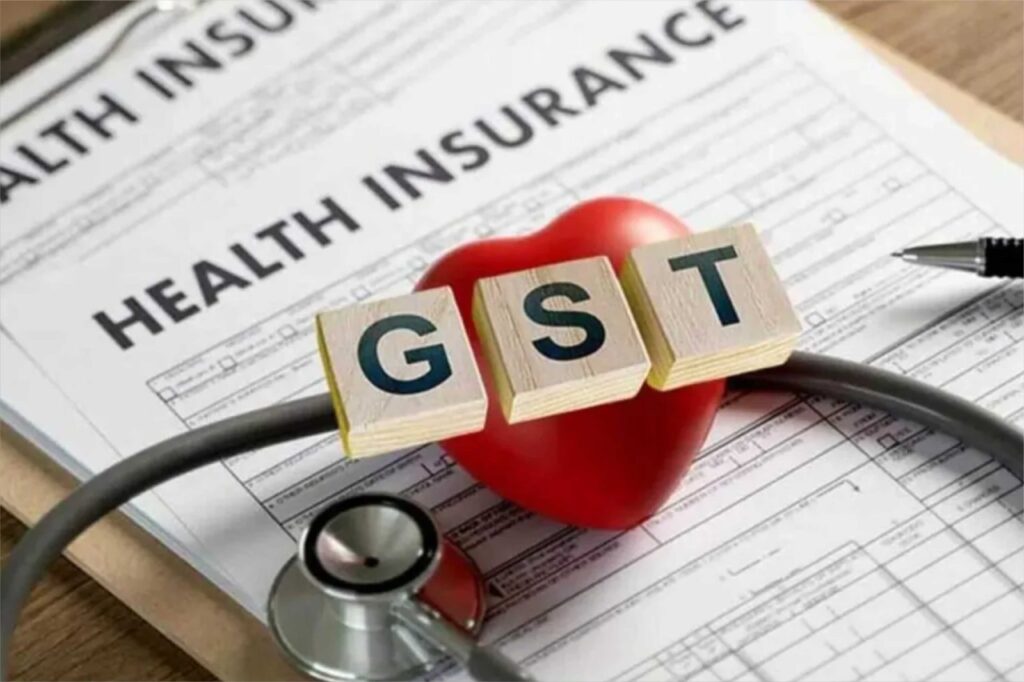
GST on health insurance: In a major rate overhaul, the GST Council has eliminated the 18% Goods and Services Tax on individual health and life insurance premiums, with the change taking effect on September 22, 2025.
Finance Minister Nirmala Sitharaman announced the move after a late-night Council briefing on Wednesday, calling it a unanimous decision. Alongside the exemption, the Council approved a simplified two-rate GST structure of 5% and 18%, replacing the 5/12/18/28% matrix. A special 40% slab will apply to select “super-luxury” and “sin” goods such as high-end cars and cigarettes.
Also Read | New AI tool to help Indians find the right health insurance coverage
Sitharaman said the Centre expects insurers to pass on the benefit to policyholders, making coverage more affordable for families and first-time buyers. The changes across goods and services are slated to kick in from September 22, the first day of Navratri.
The Council also trimmed rates on commonly used medical items to 5%, including thermometers, medical-grade oxygen, diagnostic kits/reagents, glucometers and test strips, and corrective spectacles—measures aimed at easing patient costs.
What the GST rate cut means for you
- Analysts estimate that health insurance premiums could be reduced by approximately 15% under full exemption; however, the near-term impact depends on how input tax credit mechanics are applied by insurers, according to The Economic Times.
- Brokerages flag a 3–6% hit to combined ratios in retail health during the transition, as repricing of renewals typically takes 12–18 months, The Economic Times added.
Revenue context & backdrop
In FY24, the government collected ₹16,398 crore in GST from health and life insurance services: ₹8,135 crore from life, ₹8,263 crore from health, plus ₹2,045 crore from reinsurance (₹561 crore life; ₹1,484 crore health), Business Today reported.
The broader revamp comes as New Delhi counters external trade pressures, including US tariffs of up to 50%, with the Centre arguing that rate cuts will boost consumption while keeping the fiscal impact manageable.








